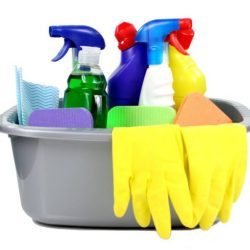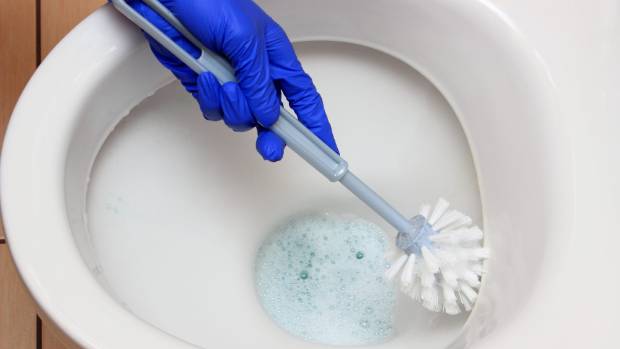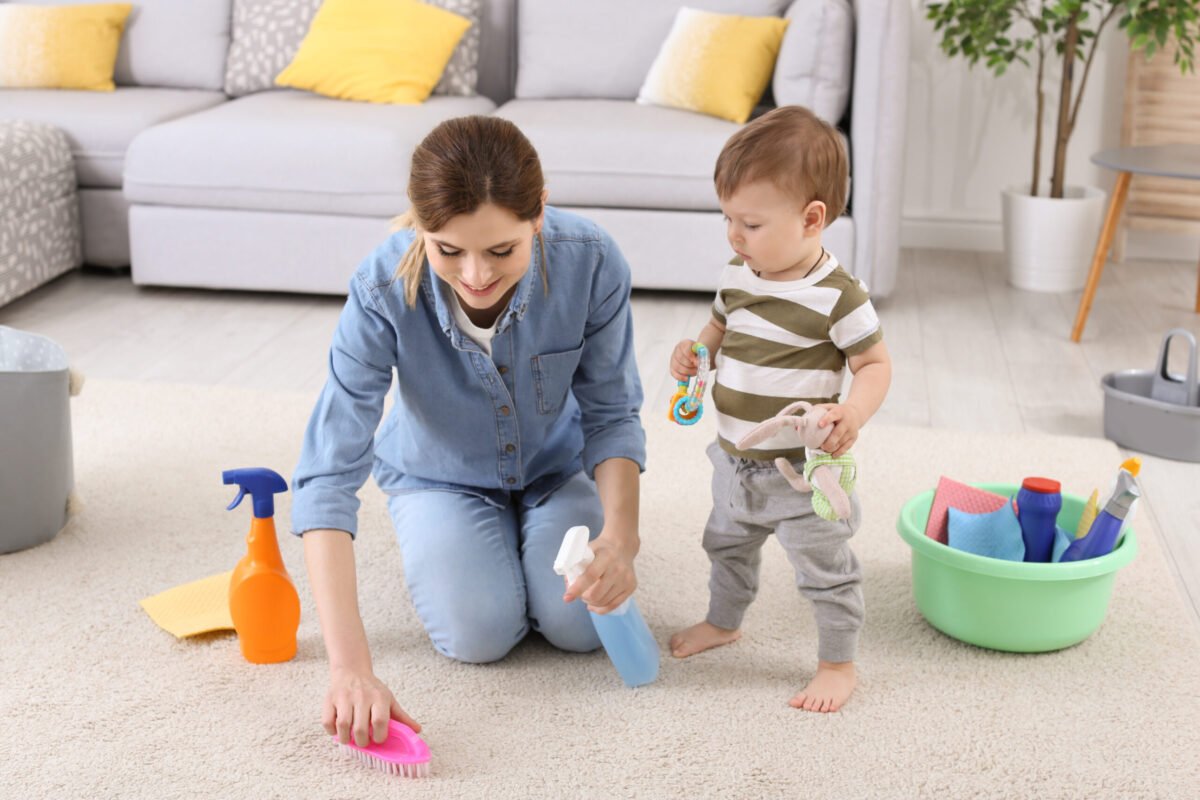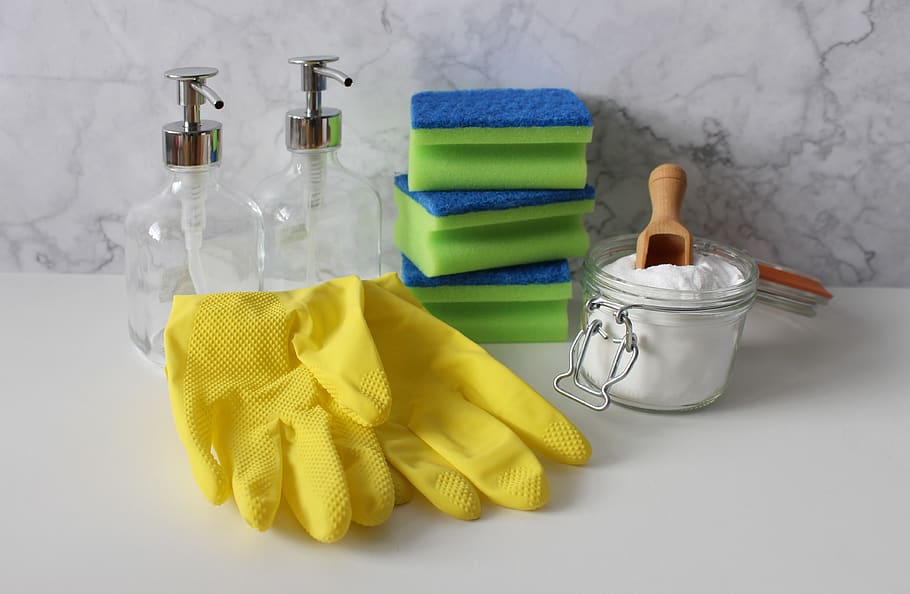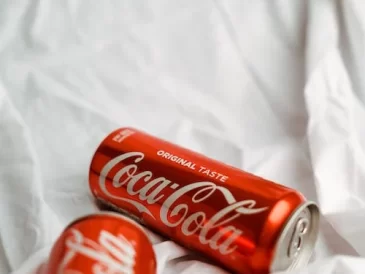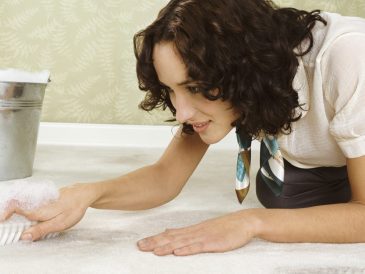For those who take pride in a sparkling clean home, mastering the art of toilet descaling is a must. Limescale, caused by hard water, can lead to unsightly stains and decreased toilet efficiency. This comprehensive guide is tailored for cleaning enthusiasts looking to tackle this common household challenge.
Understanding Limescale: What Causes Those Stubborn Stains?
Limescale is a hard, crusty deposit that forms in toilets, predominantly in areas with hard water. It’s a result of minerals like calcium and magnesium accumulating over time. These deposits not only look unattractive but can also cause long-term damage to your toilet by eroding its surfaces and clogging the flush system.
The Essential Tools for Effective Descaling
Before diving into the descaling process, it’s important to have the right tools at hand. You’ll need a good-quality toilet brush, protective gloves, a pumice stone for tough stains, and, most importantly, an effective descaling solution. You can opt for commercial cleaners specifically designed for limescale removal or use household items like white vinegar, baking soda, or borax.
Step-by-Step Guide to a Limescale-Free Toilet
- Prepare Your Toilet: Begin by shutting off the water valve and flushing the toilet to lower the water level. This exposes the limescale deposits and allows for direct application of your chosen cleaning agent.
- Apply the Cleaning Solution: Generously apply your descaling solution to the affected areas. If you’re using vinegar or a vinegar-based solution, it’s effective to soak some toilet paper in vinegar and stick it to the limescale deposits.
- Let It Sit: Allow the solution to sit for several hours, or even overnight for tough stains. This duration gives the acidic agents time to break down the limescale deposits.
- Scrub Away the Stains: Using a toilet brush or pumice stone, scrub the toilet bowl, focusing on the stained areas. Be gentle with the pumice stone to avoid scratching the porcelain.
- Final Flush and Rinse: Turn the water valve back on and flush the toilet. This helps rinse away the loosened limescale and cleaning solution.
Natural Alternatives: Eco-Friendly Descaling Solutions
For those preferring eco-friendly solutions, natural alternatives like white vinegar or a mixture of baking soda and vinegar can be just as effective as chemical cleaners. These substances are non-toxic, environmentally friendly, and readily available in most homes.
Maintaining a Limescale-Free Toilet
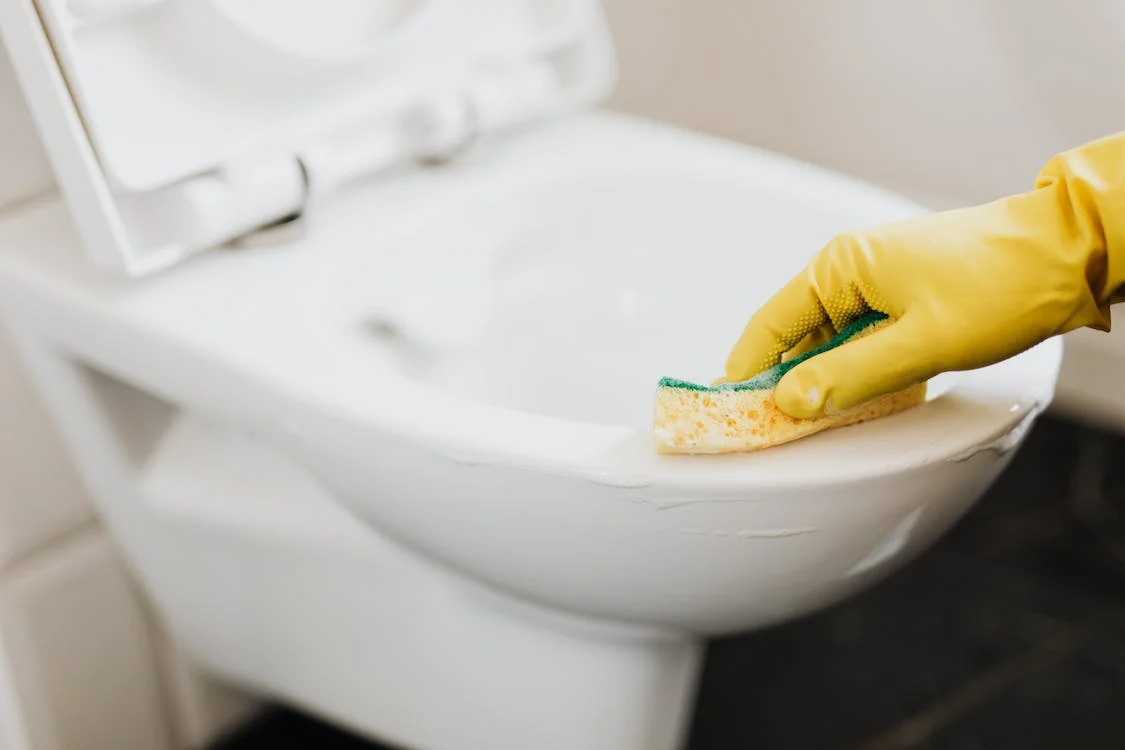
Regular cleaning and maintenance are key to preventing limescale buildup. Incorporate descaling into your regular cleaning routine, and consider using water softening agents if you live in a hard water area. Regular use of a mild descaling agent can prevent the hard-to-remove buildup that occurs over time.
Expert Tips for Stubborn Limescale
Sometimes, limescale deposits can be particularly stubborn. In these cases, repeated applications of the cleaning solution or using a stronger descaling agent may be necessary. Remember, patience and regular maintenance are your best tools in combating tough limescale.
The Satisfaction of a Clean, Limescale-Free Toilet
A clean and well-maintained toilet is a testament to a well-kept household. By mastering the art of toilet descaling, you not only ensure the longevity and efficiency of your toilet but also contribute to the overall hygiene and aesthetic of your home. Remember, regular maintenance is easier than tackling long-neglected stains. With the right tools and techniques, you can keep your toilet sparkling and limescale-free.
